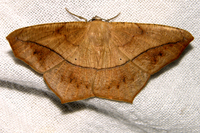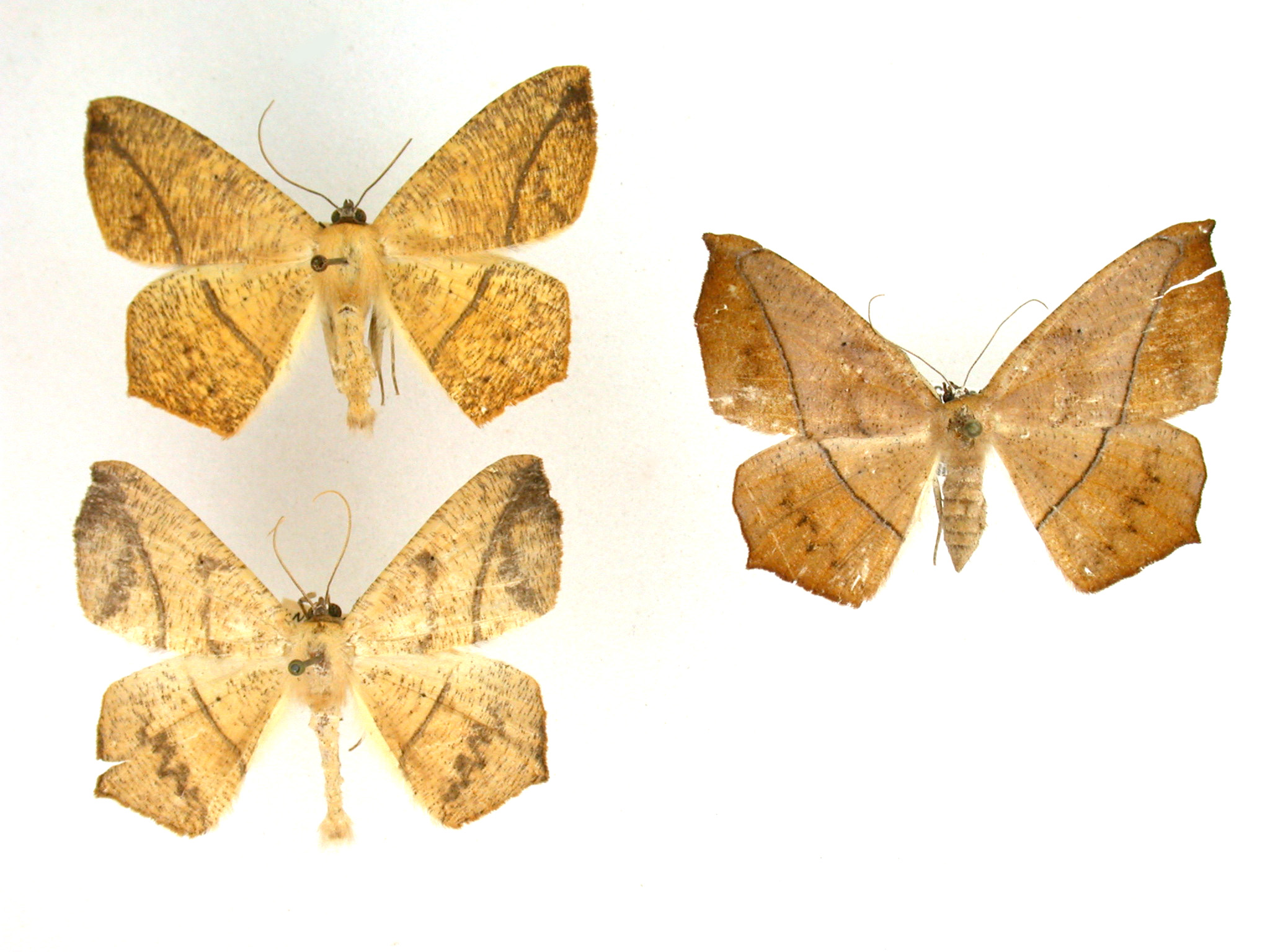
| Recorded by: K. Bischof on 2025-11-05
Transylvania Co.
Comment: | 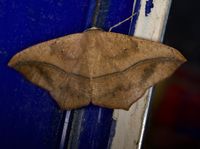
| Recorded by: Jim Petranka, Mark Basinger and Becky Elkin on 2025-10-17
Madison Co.
Comment: |

| Recorded by: Marilyn Westphal on 2025-10-14
Henderson Co.
Comment: | 
| Recorded by: Jim Petranka on 2025-10-08
Madison Co.
Comment: |

| Recorded by: Mark Basinger on 2025-10-06
Rowan Co.
Comment: | 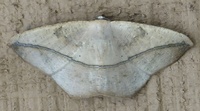
| Recorded by: Michael P. Morales on 2025-10-01
Cumberland Co.
Comment: |
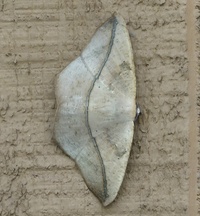
| Recorded by: Michael P. Morales on 2025-10-01
Cumberland Co.
Comment: | 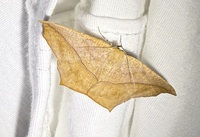
| Recorded by: Nora Murdock on 2025-09-27
Henderson Co.
Comment: |

| Recorded by: R. Newman on 2025-09-26
Carteret Co.
Comment: | 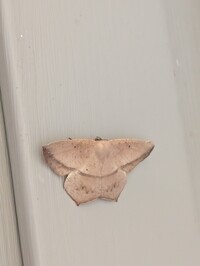
| Recorded by: Chastity Woods on 2025-09-24
Cumberland Co.
Comment: |
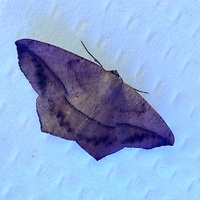
| Recorded by: Mark Basinger on 2025-09-11
Wilson Co.
Comment: | 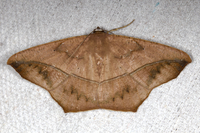
| Recorded by: Jim Petranka on 2025-09-10
Madison Co.
Comment: |
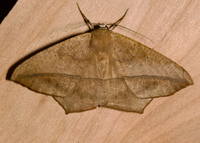
| Recorded by: Jim Petranka, Becky Elkin and Marilyn Westphal. on 2025-09-05
Henderson Co.
Comment: | 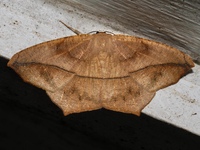
| Recorded by: Merrill Lynch on 2025-09-05
Watauga Co.
Comment: |

| Recorded by: Merrill Lynch on 2025-09-05
Watauga Co.
Comment: | 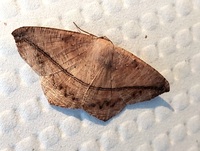
| Recorded by: Mark Basinger on 2025-09-04
Wilson Co.
Comment: |

| Recorded by: Mark Basinger on 2025-08-31
Rowan Co.
Comment: | 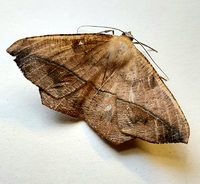
| Recorded by: Mark Basinger on 2025-08-25
Wilson Co.
Comment: |
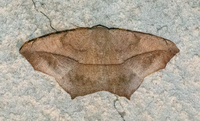
| Recorded by: Emily Stanley on 2025-08-19
Buncombe Co.
Comment: | 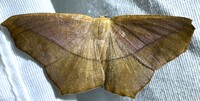
| Recorded by: Dean Furbish on 2025-08-16
Orange Co.
Comment: |

| Recorded by: Mark Basinger on 2025-08-10
Ashe Co.
Comment: | 
| Recorded by: Jim Petranka and Becky Elkin on 2025-07-29
Madison Co.
Comment: |

| Recorded by: Mark Basinger on 2025-07-29
Wilson Co.
Comment: | 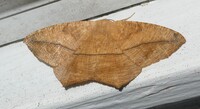
| Recorded by: Simpson Eason on 2025-07-26
Durham Co.
Comment: |
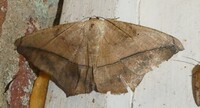
| Recorded by: Simpson Eason on 2025-07-23
Durham Co.
Comment: | 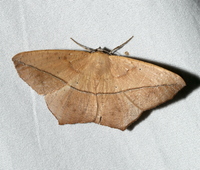
| Recorded by: David George, Jeff Niznik on 2025-07-20
Moore Co.
Comment: |
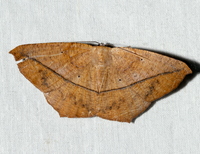
| Recorded by: David George, Jeff Niznik, Rob Van Epps, Kevin Metcalf on 2025-07-20
Richmond Co.
Comment: | 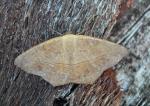
| Recorded by: R. Newman on 2025-07-13
Carteret Co.
Comment: |
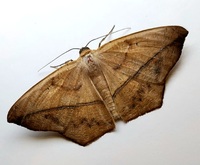
| Recorded by: Mark Basinger on 2025-07-09
Brunswick Co.
Comment: | 
| Recorded by: Michael P Morales on 2025-07-06
Cumberland Co.
Comment: |
|

 »
»